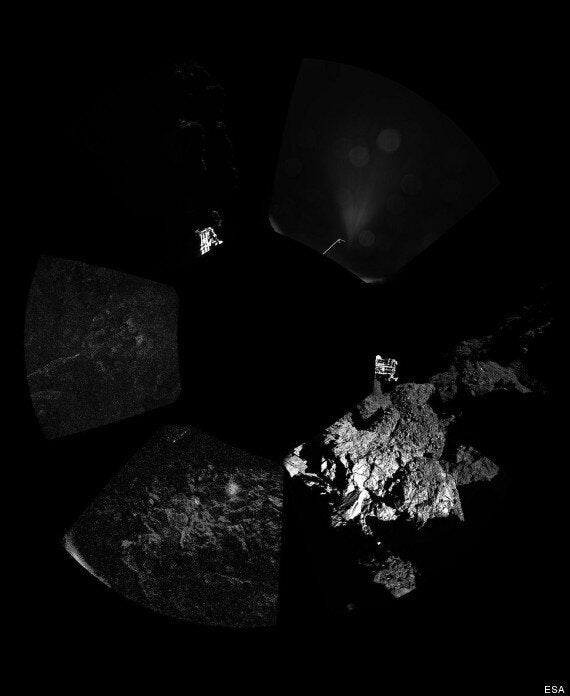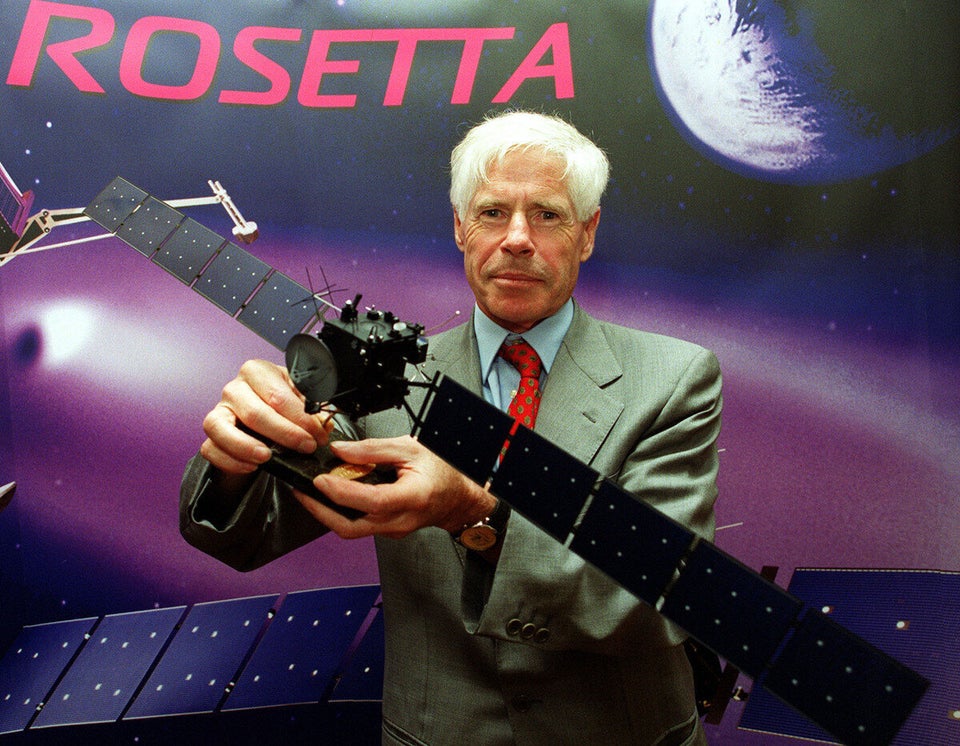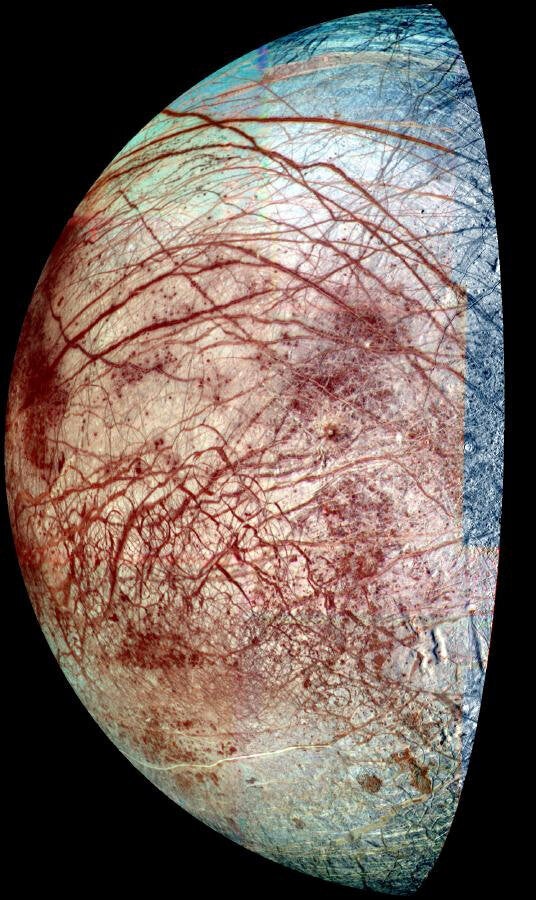The European space probe which landed - awkwardly but spectacularly - on a comet earlier this week is "asleep", scientists have said, after its batteries ran out and were unable to recharge as it lay in the shadow of a crater wall.
The systems on board the Philae lander, which made scientific history this week, have shut down, the European Space Agency (ESA) said.
"Philae has fallen into 'idle mode' - a possibly long silence. In this mode, all instruments and most systems on board are shut down," the ESA said on its blog in a post entitled Our Lander's Asleep.
The probe is resting at an angle in the shadow of a crater wall more than half-a-mile from its planned landing site, scientists believe. One of its three legs appears to be suspended in space while the other two have made contact with the ground.
Contact was lost at 12.30am GMT and the next opportunity for communication is expected to be 10am.
But the history-making comet probe bowed out with a burst of valuable data from its instruments which had scientists celebrating late last night.
There is a chance that Philae could be re-awakened in the coming weeks or months as comet 67P/Churyumov-Gerasimenko flies closer to the Sun, allowing more energy to flow from the probe's solar panels.
Stephan Ulamec, lander manager, said: "Prior to falling silent, the lander was able to transmit all science data gathered during the First Science Sequence.
"This machine performed magnificently under tough conditions, and we can be fully proud of the incredible scientific success Philae has delivered."
It took 10 years for Philae and its Rosetta mothership to reach comet 67P/Churyumov-Gerasimenko after an epic journey across four billion miles of space.
Here is the latest image of the lander - it's a before and after so you can see where the lander actually is.


Late last night scientists said they may have made a breakthrough in their attempts to rescue Philae.
A report on the spacecraft's verified Twitter feed, Philae Lander @Philae2014, suggested the craft had successfully "hopped" into a new position, possibly one that would enable more sunlight to shine on its solar panels.
Earlier yesterday scientists said they were actively considering taking a risky gamble by using the probe's landing gear to jump it away from the darkness and into the light.
There were fears that such a manoeuvre might topple the craft over and end its mission.
Scientists are still not sure of the probe's location after Wednesday's rollercoaster landing which saw the dishwasher-sized craft bounce twice before coming to rest more than half a mile from its original landing site.
Two harpoons which were supposed to anchor Philae to the ground failed to deploy, causing the probe to shoot a kilometre (0.6 miles) into space after its initial touchdown.
The comet is a 2.5-mile wide rugged lump of ice and dust, more than 300 million miles from Earth, strewn with deep pits, craters, cliff walls and jagged outcrops.
While scientists try to save Philae, attention will also turn to Rosetta, which now has to manoeuvre from its post-separation path back into orbit.
STORY CONTINUES BELOW
A statement on the ESA blog said: "The hugely successful Rosetta mission will continue, as the spacecraft tracks comet 67P/C-G on its journey to the Sun. Rosetta is the first spacecraft to rendezvous with and orbit a comet and has already returned incredible scientific data."
Speaking at ESA's mission control centre in Darmstadt, Germany, lander scientist Professor Jean-Pierre Bibring, said:
"We are below a cliff. Don't ask me how many metres, but very close by. Because of that we are in a sort of a shadow permanently, and that is a problem.
"We're almost vertical; one foot probably is in open space and two feet are on the surface."
Pointing to a large image of the comet, Philae lander manager Dr Stephan Ulamec added: "It could be that we are somewhere in the rim of this crater, which could explain this bizarre orientation."
Here are some of the key numbers involved in the project:
- Rosetta mission cost: Close to 1.4 billion euros (£1.1 billion), including Philae's cost of 220 million euros (£173 million)
- Philae distance from home: 316 million miles
- Mission length so far: 10 years
- Time taken for news to reach Earth: 28 minutes, 20 seconds
- Philae weight: 100 kilograms
- Comet 67P weight: 10 billion tonnes
- Number of names suggested for landing site: 8,000 (the name chosen was Agilkia)
- Length of lander's stay on comet: No one knows yet
- Number of countries behind the comet landing: 14
- Announcement retweets: 28,000 in first hour

